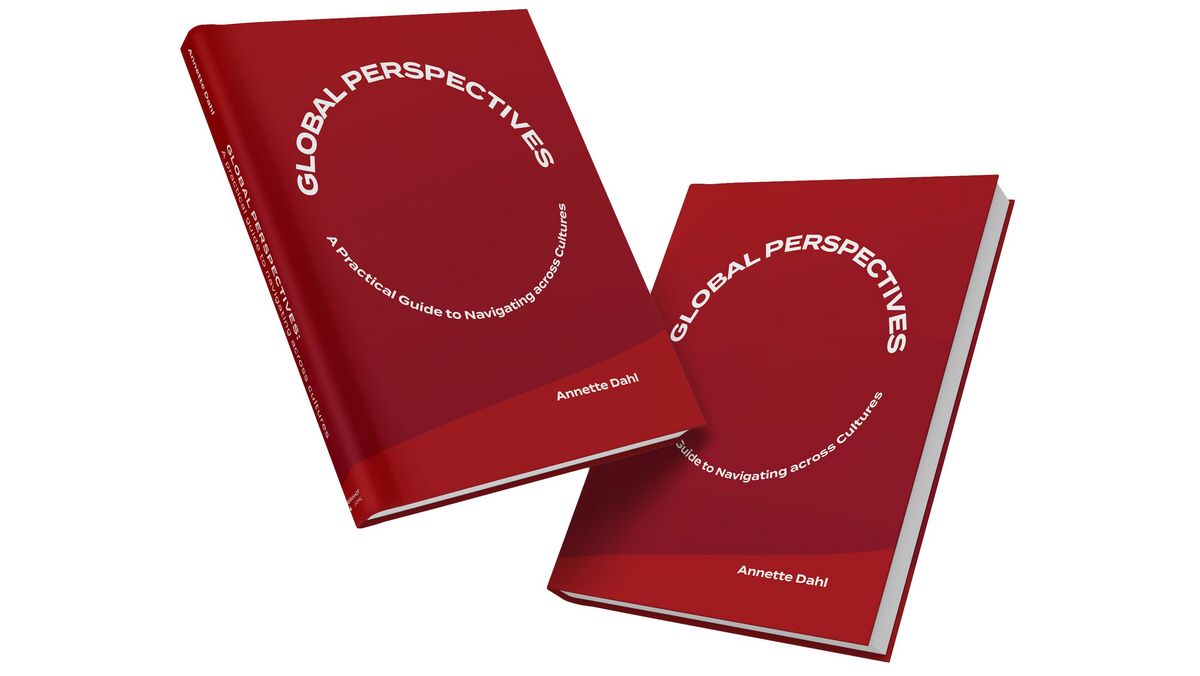
Make Global Strategies that Work – Not Just on Paper!
More and more companies have global operations, but often the global strategies work better on paper than in practice. In this blog post, Managing Director of C3 Consulting Annette Dahl provides 5 tips on how to make effective global strategies.
Globalization is today a fact and the emerging market economies are booming. According to new research from McKinsey Global Institute, by 2025 almost half of the world’s biggest companies will probably be based in emerging markets, compared to just 5 percent in 2000 – and to stay competitive, Western-based companies will need to be present globally to spot new markets and competitors.
At C3 Consulting, we also experience that our clients locate an increasingly wide range of activities outside of Denmark – from sales and production to logistics, administration, and R&D.
The former Danish strategies are made global, and the new strategies all make sense on paper. Right up until the day the strategies are implemented in the local subsidiaries. It then turns out that the company's core values are far from being lived out in the Brazilian subsidiary. That the process that has been rolled out several times before in Denmark has run into serious problems in the production plant in Hungary. And that the results from the employee satisfaction survey in China are quite impossible to interpret.
What goes wrong? And how can you develop your global strategies, so they don’t just work on paper, but also fit the reality in your local sites? We have listed 5 suggestions below.
5 tips for developing effective global strategies
1. Ensure diversity in the management team
Start by looking at who is present in the meeting room when you are developing your global strategies. If you work with the new sales strategy for Brazil, how wise is it not to invite one single Brazilian to participate in the decision-making process?It may sound obvious. But in fact, we often see that the management teams developing the global strategies are extremely homogeneous, both in terms of nationality, gender and professional background. The higher the level of diversity, the greater the chance that different perspectives are brought to the table, and the greater the likelihood that the strategies will actually work in practice.
2. Involve the local sites
Another typical problem is that strategies are made in the Danish headquarters with limited involvement of the local subsidiaries. Communication is mostly 'inside-out' – from the headquarters in Denmark to the local sites around the world – and the information flow from local sites to headquarters is limited.In this way, you miss out on a goldmine of local experience and knowledge that might otherwise have improved your global strategies. Furthermore, you risk frustrating you talented local manager who is told to roll out a strategy that he soon realizes is not suitable for the local conditions, but who out of respect for the central management in Denmark does not draw attention to the problems.
So make sure that the flow of information also goes 'outside-in', and remember to make use of the relevant input from your local units in the United States, Russia, China, India, or wherever in the world the strategies are to be implemented.
3. Be aware of 'cultural blind spots'
One way to make global strategies is to look at the organization’s existing strategies, processes, values, etc., and then add 'global' in front of everything – bingo, we have a global strategy!This is, of course, to put it sharply. But in fact, in C3 Consulting we regularly experience that Danish-based companies are trying to roll out existing strategies globally, without taking into account that the strategies are made within a Danish frame of reference. This phenomenon we call 'cultural blind spots'.
An example: One of the company's core values is that you need to be proactive. The company has expanded its activities in China, but despite the fact that the Chinese leaders have long been told to implement the values locally, the Danish headquarter does not see any signs of proactivity. The bottom line is that the Danish leadership has taken for granted that 'proactivity' will be understood the same way in the local organizations as in Denmark, namely that each employee is supposed to take initiative and responsibility. In China, on the other hand, it is obvious to everyone that proactivity and thus initiative and responsibility lies with management, and certainly not with the individual employee.
One reason for the widespread 'cultural blind spots' is that many companies understand themselves as truly global, even if they are actually very Danish; “We already have sales offices, production plants and employees placed around the world, so of course we are global!”
But global operations do not automatically create a global mindset in the Danish headquarters. Many Danish managers are not aware that the organizational structure, management style or way of communicating, that they perceive as common sense and thus applicable everywhere, is in fact particularly Danish.
So a good habit when you develop your global strategies is always to ask: Is this something that we usually do? And if everyone nods yes, does “what we use to do” contain any Danish cultural assumptions and values? And will it actually work in a global context?
4. Develop a global mindset
Perhaps members of your management team have travelled all over the world, or maybe even been posted abroad for several years, and thus consider themselves as very globally minded.However, just as a business does not automatically become global by having activities outside of Denmark, a leader will not automatically develop a global mindset by traveling or working abroad. A global mindset requires both a high awareness of your own cultural baggage and an ability as well as willingness to be flexible and adapt to completely different ways of doing things.
But a global mindset can be developed. Training your management in thinking globally is a really good idea – and not just the top executives, but also the management at the local subsidiaries.
Train your leaders at all levels to ask a number of questions to the strategic decisions they encounter: Where is this decision made? Who have been involved in the process? What effect will it have on my leadership colleagues in the rest of the world? How will it be to implement in our local sites?
For example, a new strategy is forwarded to a Danish middle manager. He has not been involved in the decision-making process, but he realizes that the strategy will work far better in the Danish headquarters than in the local site in the United States. So instead of just passing on the strategy to his U.S. counterpart, he addresses his own management and draws attention to the problem; "I actually know that in our U.S. subsidiary this will be a pretty difficult task, is it possible to make a little more leeway, how can we stretch or adjust this a little to fit the local needs?"
The goal is that you constantly, and at all levels in your organization, make a reality check on the strategic decisions that are being made.
5. Be patient
Last but not least: Be patient!Sometimes we see the expectation that strategies and processes can be rolled out to local sites just as fast as in Denmark – or maybe even faster, because you have tried it before. This is rarely the case.
On the contrary, you should allow some slack in the schedules. Even though your skilled engineer has already implemented a process at several Danish sites, implementing the same process in for instance the Chinese production plant might be a quite different thing. He needs to know how to train the Chinese employees and learn to understand when they don’t just say “yes, yes”, but actually understand the process. Work descriptions must be translated and maybe adjusted as well. And so on.
It may seem faster and more effective to use the same approach all around the world to work and process descriptions, knowledge transfer, training of employees etc. But such a 'one-size-fits-all' approach often ends up swallowing even more time and resources due to the problems and misunderstandings that will typically arise.
What are your experiences?
What is your own experience with making and implementing global strategies?If you have any other tips for developing effective global strategies, or questions or comments to this blog post, I would love to hear from you!
Please add your comments below – or contact me directly at e-mail: ad@c3consulting.dk or tel. +45 6017 0817.
Greetings,Annette Dahl, Managing Director of C3 Consulting

